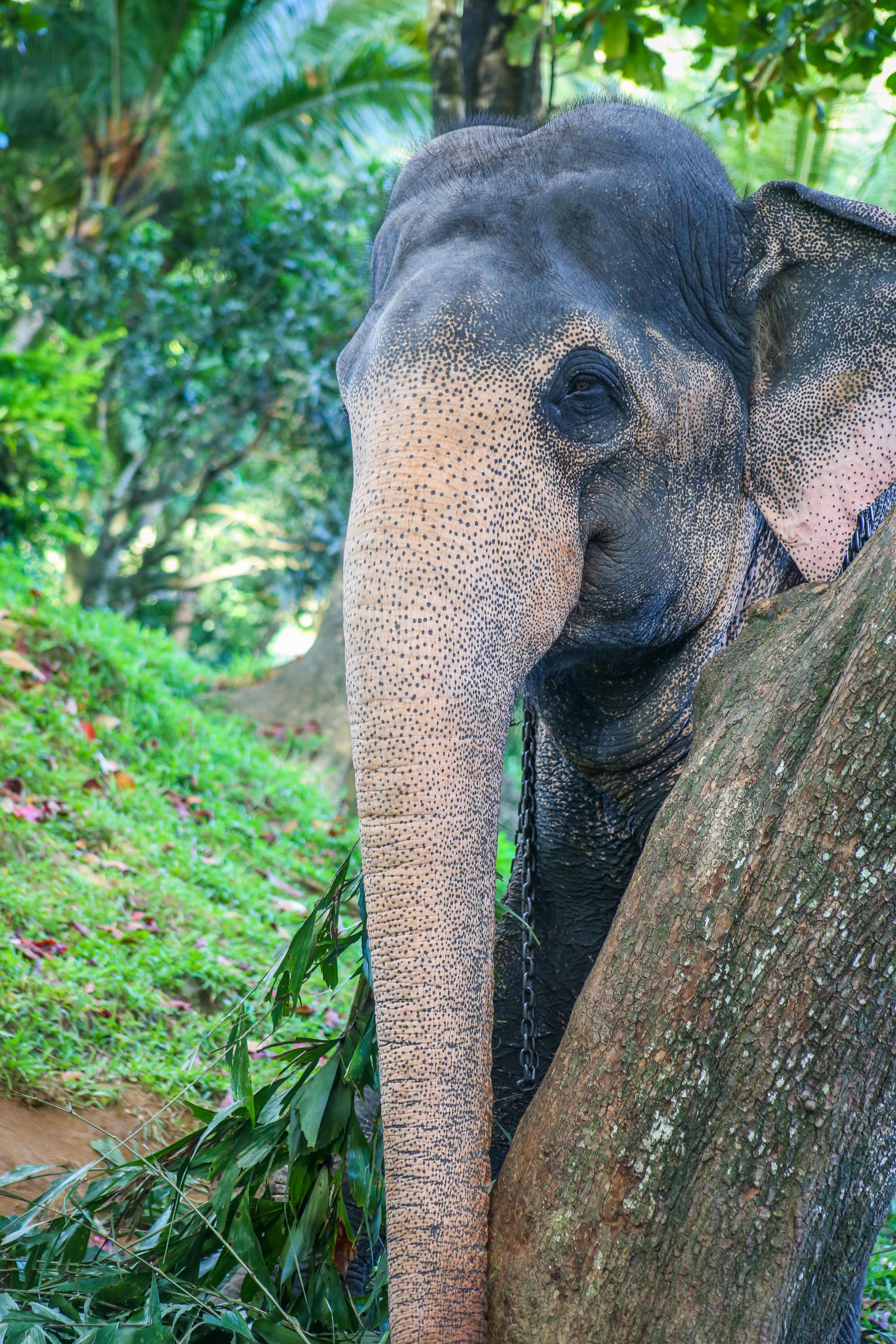Smart Ways to Keep Guppies and Betta Fish Together in 2025
As aquatic pet enthusiasts look towards the future of fish keeping in 2025, one of the most intriguing challenges is successfully keeping guppies and betta fish together in a single aquarium. Both species are popular among freshwater fish lovers due to their vibrant colors, ease of care, and fascinating behaviors. However, their compatibility in a shared environment requires careful consideration of various factors, including water conditions, tank setup, and social dynamics.
This article will delve into effective strategies for ensuring a harmonious living arrangement for guppies and bettas, highlighting their unique needs and temperaments. By understanding their behaviors, proper aquarium setups, and maintenance strategies, fish owners can create a lively, colorful display while nurturing the health and well-being of both species.
We will cover key topics such as the ideal tank conditions, feeding practices, potential health issues, and the social interactions between these tropical fish. Prepare to discover valuable insights that will enhance your aquaristic experience in 2025.
Understanding Guppy and Betta Compatibility
When considering keeping guppies and bettas together, it’s essential to understand their behavioral traits. Guppies are generally peaceful fish that thrive in schools, while bettas, especially males, can exhibit territorial and aggressive behavior if they feel their space is threatened. Thus, a well-planned aquarium setup that provides ample hiding spots and a balanced ratio of fish species is critical.
Another important aspect to consider is the sex of the fish. Male bettas are often aggressive toward other males and can mistake the vibrant colors of male guppies as a challenge; however, females can be less territorial. To successfully create a community tank with both species, it's advisable to house female bettas with guppies, ensuring that the latter are introduced into a spacious, well-decorated tank.
Essential Aquarium Setup for Guppies and Bettas
Creating an ideal aquarium environment is fundamental for the harmonious coexistence of guppies and bettas. A well-aerated tank, good filtration system, and appropriate water conditions are vital. Ideally, the aquarium should have a capacity of at least 20 gallons to accommodate the swimming space and territorial needs of both species.
In addition, incorporating aquatic plants not only enhances the aesthetics but also provides essential hiding spots and territory divisions, which can significantly reduce aggressive encounters. Live plants like Java ferns or Anubias are excellent choices as they are hardy and can thrive in a tropical aquarium setup.
It’s also essential to maintain stable water temperature ranging from 74°F to 82°F, making sure it's suitable for both guppies and bettas. Regular water testing for pH and ammonia levels is crucial to monitor the health of your aquatic environment.
Feeding and Nutrition Best Practices
Feeding practices will differ slightly between guppies and bettas, which is another consideration for fostering a peaceful environment. Betta fish are carnivores, requiring high-protein foods such as specially formulated betta pellets or frozen food like brine shrimp. On the other hand, guppies are omnivores and will thrive on a varied diet that includes flake food, frozen or live foods, and vegetable matter to ensure they receive a balanced diet.
To prevent competition and stress during feeding times, it's best to establish a feeding schedule that designates specific times for each species. For instance, providing food to bettas first can reduce their aggression by preventing them from feeling like they need to compete for resources.
Monitoring Health and Behavior
Keeping a close eye on the health of both guppies and bettas is crucial. Regular monitoring helps in early detection of potential diseases or stress, which can arise from improper tank conditions or aggressive interactions. Issues like fin rot and ick can affect both species and require prompt treatment.
Additionally, ensuring a clean, well-maintained aquarium is key to fish health. Performing regular water changes, cleaning equipment, and observing fish behavior for signs of distress or illness can lead to a successful community tank's longevity.
Common Challenges and Solutions
Though keeping guppies and bettas together can be rewarding, different challenges may arise. Aggression from male bettas towards guppies, or stress due to poor water conditions, can lead to serious issues. A key method to mitigate aggression is maintaining proper tank dynamics; this includes using proper tank decoration to create territories and provide hiding spaces.
Another solution is to practice good breeding techniques. If guppies are breeding in the tank, the increased activity can trigger aggression from the bettas. Having a separate breeding tank can help manage the population while reducing tension in the main aquarium.
Conclusion: Harmonizing Your Aquatic Community
Successfully keeping guppies and bettas together requires dedication, careful planning, and ongoing maintenance. By understanding their behaviors and needs and making use of the right aquarium setup and feeding practices, you can create an impressive and lively aquatic display.
As you embark on this journey of combined fish keeping, stay informed about advancements in aquarium technology and health management strategies to ensure the best conditions for your pet fish in 2025 and beyond. Happy fish keeping!

Frequently Asked Questions
Can male betta fish coexist with guppies?
It’s generally risky to house male bettas with guppies, especially if they are brightly colored males that may instigate aggression. Female bettas are typically more compatible. However, observation and a well-planned tank setup can sometimes yield success.
What aquarium temperature is best for guppies and bettas?
The ideal temperature for both species ranges from 74°F to 82°F, ensuring a comfortable and healthy environment for them to thrive.
How often should I perform water changes in a guppy and betta tank?
Regular water changes of 25% every two weeks are recommended to maintain the water quality and fish health in the aquarium.
 ```
``` 